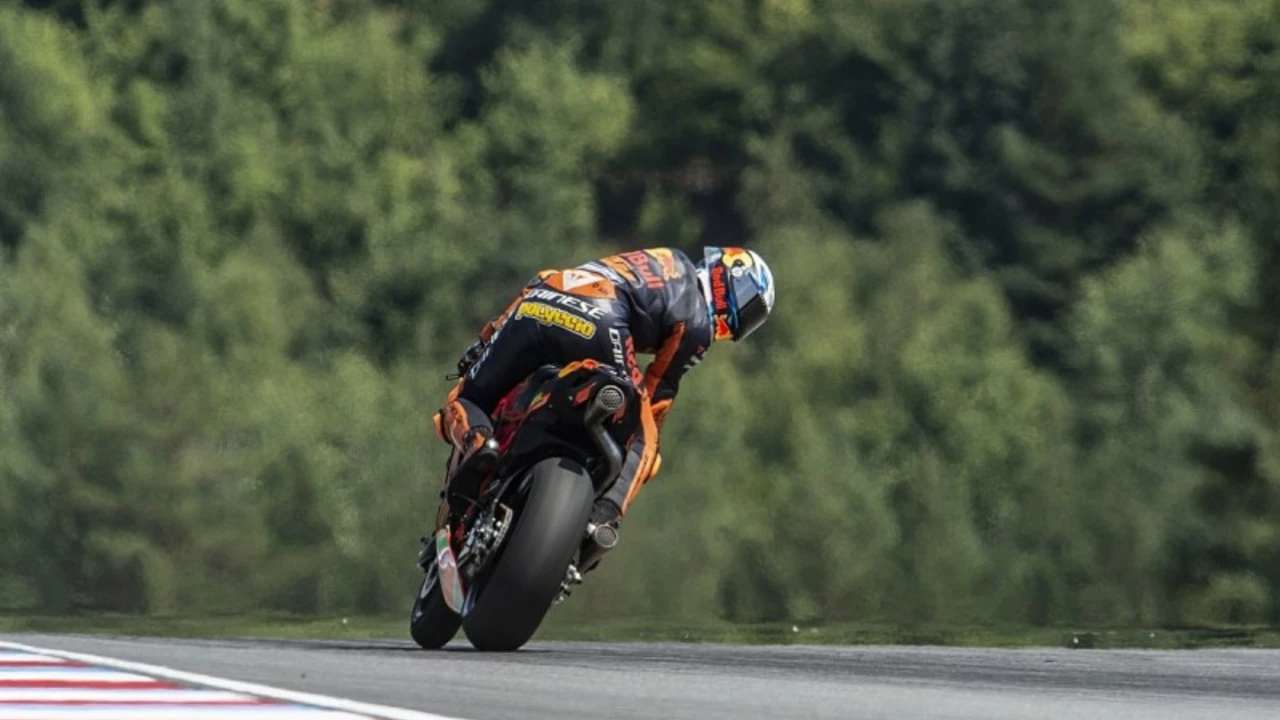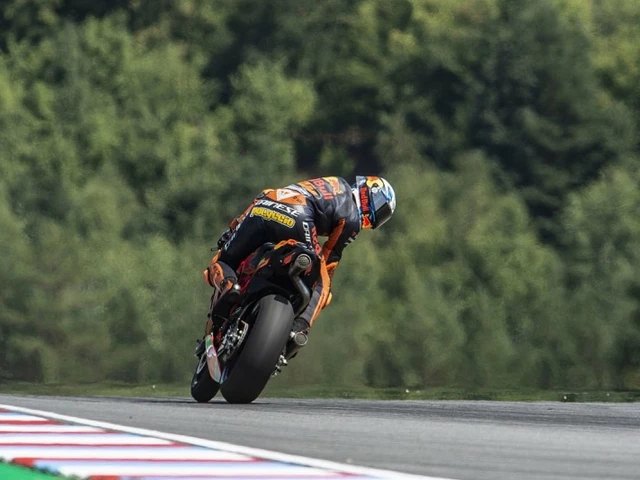Understanding the Mechanism of a MotoGP Bike
Before we delve into the question of why MotoGP riders don't turn their handles, it's important to understand how these bikes are designed. Unlike regular bikes, MotoGP bikes are built with a far more complex mechanism. These high-speed machines are equipped with powerful engines and have a unique steering geometry designed to navigate sharp turns at high speeds. The handlebars are not designed for turning like on a regular bike, but rather for controlling the bike's direction and balance.
The Role of Countersteering in MotoGP
One of the main reasons why MotoGP riders do not turn their handles as you might expect is because of a technique known as countersteering. In simple terms, countersteering involves pushing the handlebars in the opposite direction of the turn. This might seem counterintuitive, but it's actually a very effective way of navigating a bike at high speeds. Countersteering allows the rider to lean into the turn, which is crucial for maintaining balance and control.
Leaning: The Secret Behind the Turn
Rather than turning the handlebar, MotoGP riders lean their bodies into the turn. This shift in body weight helps to steer the bike. The lower the rider leans, the sharper the turn. This technique is often referred to as 'hanging off,' where the rider moves their body weight towards the inside of the turn, helping the bike to maintain its balance and stability while cornering.
Importance of Throttle Control
Another important aspect to consider in this discussion is throttle control. In MotoGP, riders use the throttle to control their speed and balance during a turn. By smoothly applying and releasing the throttle, riders can maintain their speed and stability, even through the sharpest of turns. This delicate balance of throttle control is a vital part of why MotoGP riders do not need to turn their handles in the typical way.
The Role of the Front and Rear Brakes
Brakes also play a crucial role in how MotoGP riders navigate turns. The front and rear brakes are used in conjunction to control speed and stabilize the bike during a turn. The front brake is primarily used to slow down the bike before entering a turn, while the rear brake helps to stabilize the bike during the turn. It's this combination of braking and throttle control that allows MotoGP riders to navigate turns without turning the handlebars.
The Physics Behind MotoGP Riding
The physics of MotoGP riding also play a part in explaining why riders don't turn their handles. The forces at work when a bike is traveling at high speeds are different from those on a regular bike. Centrifugal force, gravity, and friction all come into play. The rider has to manage these forces to maintain control of the bike, all without turning the handlebars in the conventional sense.
The Skill and Training of MotoGP Riders
MotoGP riders are highly skilled and undergo rigorous training. They learn to master these techniques and understand the physics behind the ride. This level of skill and knowledge is what allows them to handle these powerful machines with such precision and control, even at high speeds. The ability to navigate turns without turning the handlebars is a testament to their skill and the sophistication of the MotoGP bikes themselves.
Conclusion: The Art of MotoGP Riding
In conclusion, the reason why MotoGP riders do not turn their handles is a combination of the bike's design, the physics at play, and the rider's skill and technique. From countersteering to throttle control and body positioning, each aspect plays a crucial role in navigating the bike. It's a fascinating blend of science and art, making MotoGP one of the most thrilling sports to watch and participate in.



Leave a Comments